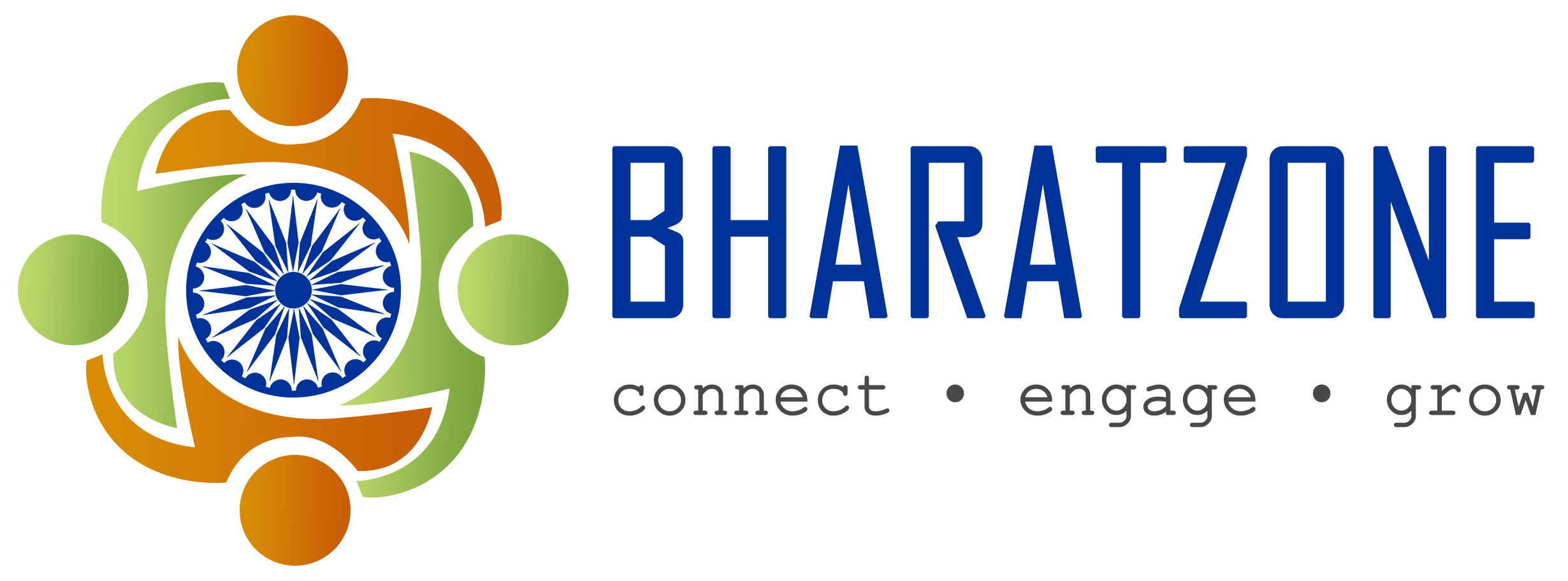Technology may sometimes be difficult to understand, but it is always here and always evolving. Technology has made it possible for us to stay connected across cities, states, and around the world. However, the technology that has kept us together also needs to move forward and grow to keep up with the task. Distributed Antenna Systems are a popular solution to traditional wireless coverage, especially in those hard-to-cover areas. Learn more about Distributed Antenna Systems and its many benefits.
What is a Distributed Antenna System? Also known as DAS, these systems consist of a network of spatially separated antenna nodes connected to a transport medium. It provides wireless service within a specific geographic area or structure. They are designed to, ultimately, improve wireless coverage in these areas. These areas may be a home, an office building, or across a college campus. Distributed Antenna Systems increase signal strength and coverage in areas where traditional cellular networks may struggle. DAS systems can be used as standalone wireless systems or alongside the current wireless systems.
DAS systems sound complex, and they are. But even if you have trouble understanding the ins and outs of active and passive DAS systems, you can still understand the many benefits of DAS systems in your area. To start, DAS systems improve wireless coverage because the signal is distributed over multiple antennas rather than a single route. This is especially true in larger or difficult to cover areas for wireless coverage, because singularly routed wireless can come across many obstructions and provide weak signals.
Other benefits of DAS systems are flexibility and scalability. DAS systems are easily configured to add or remove antennas, as necessary throughout the coverage area. This is highly beneficial to traditional single-antenna systems because DAS systems accommodate areas that are always growing, whether with housing or commercial construction. The scalability and flexibility of a DAS system allow an area to grow without sacrificing strong wireless coverage. The signals are spread over the area, rather than being routed in one direction, and there is less interference with the coverage.
Technology makes the world go round these days, and thanks to DAS systems, we can move a little faster. From living on a college campus to working in an old building, we’ve all experienced slow internet, and thus slow communications, from time to time. Fortunately, with the rise of DAS systems, the world can move forward.


